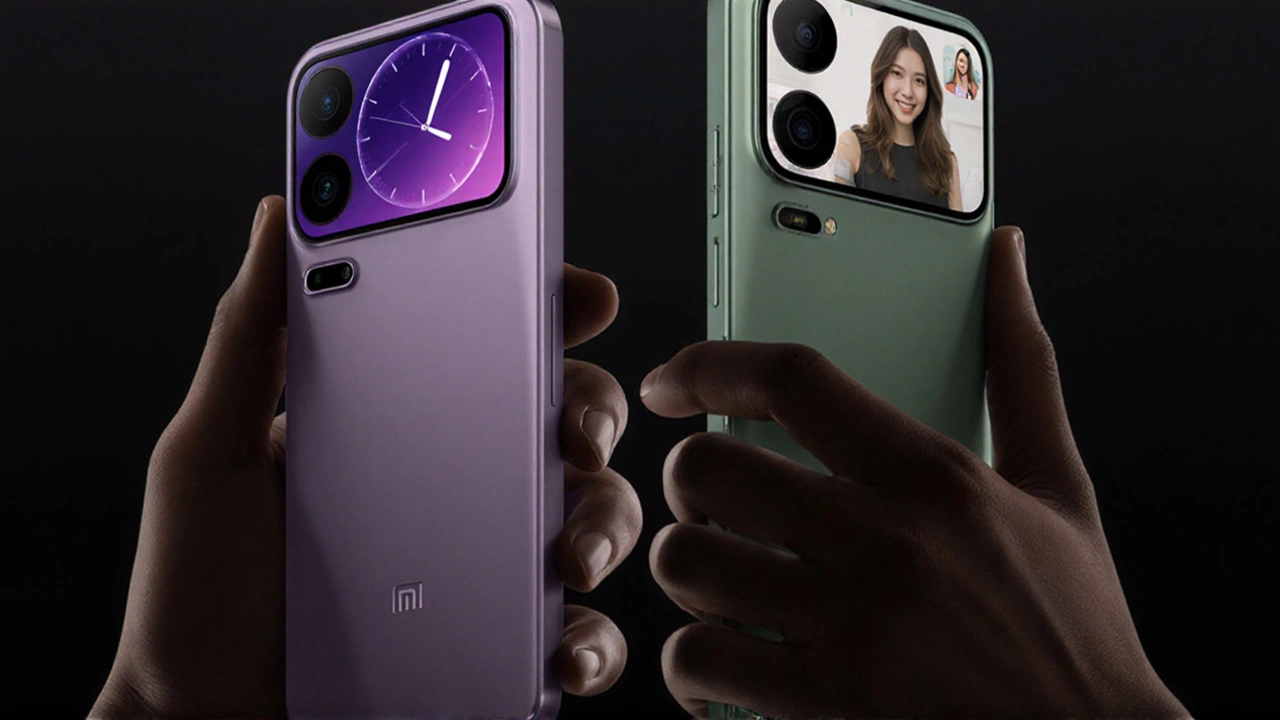Dual‑Screen Gaming: Boost Your Play with Two Displays
If you’ve ever felt cramped on a single monitor, a second screen can change the game. Dual‑screen gaming means you have more space for the action, chat, and tools—without sacrificing performance. It works for PC rigs, consoles with HDMI splitters, and even portable devices that let you pair a tablet with a main screen. The result? Less juggling and more fun.
Why Dual‑Screen Matters
First, a second monitor gives you a dedicated place for non‑game windows. Think Discord, Discord, stats, or a strategy guide. While the main screen stays focused on the game, the side screen can hold a map, a walkthrough, or a live stream. That separation cuts down on alt‑tabbing and keeps your reflexes sharp.
Second, many modern games support split‑screen or picture‑in‑picture modes. With two screens you can run each player on their own monitor, giving each person a full‑size view. It’s a cheap alternative to buying another console, and it feels more comfortable than squinting at a cramped half‑screen.
Setting Up Your Dual‑Screen Gaming Station
Start with the basics: a graphics card that has at least two video outputs (HDMI, DisplayPort, or DVI). Most mid‑range GPUs from the last few years cover this. If you’re on a console, look for HDMI splitters or devices like the Xbox’s Dual View feature, which mirrors one game view while keeping a second app open.
Next, choose monitors that match. Ideal size is 24‑27 inches for the main display and 20‑24 inches for the secondary. Keep the resolution similar so windows don’t jump around when you drag them. A 1080p panel works fine, but if you can afford 1440p, the extra detail makes a big difference in fast shooters.
Arrange the screens ergonomically. The primary monitor should be directly in front of you, about an arm’s length away. The secondary can sit to the side, angled slightly toward you. Use a dual‑monitor stand or two adjustable arms to keep neck strain low.
Finally, tweak the software. In Windows, go to Display Settings, set the primary monitor, and choose “Extend these displays.” For consoles, enable picture‑in‑picture or split‑screen mode in the system settings. Most games have options to pick which monitor shows the HUD or map—experiment until it feels natural.
Now you’re ready to play. Load a battle‑royale, keep the squad chat on the side screen, and watch the kill feed without missing a beat. Or fire up a strategy title, pull up the in‑game map on the secondary monitor, and plan your next move without pausing. Dual‑screen gaming isn’t about flashy tech; it’s about giving yourself the space to stay focused and enjoy the game the way it was meant to be played.
Xiaomi’s upcoming 17 Pro Max packs a 2.66‑inch rear screen that promises to transform photography and mobile gaming. The dual‑display setup runs on a Snapdragon 8 Gen 5 processor with a 7,500 mAh battery and 100‑W charging. While the concept mirrors the Nintendo DS, real‑world durability, battery drain and app support remain big questions. The phone could launch globally by late 2025 or early 2026.


 Sports
Sports